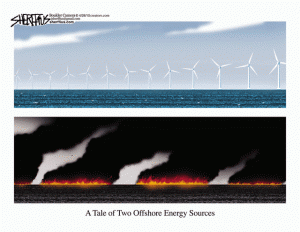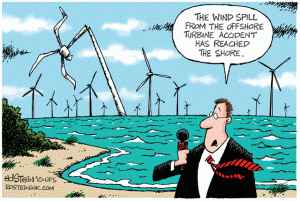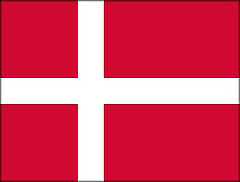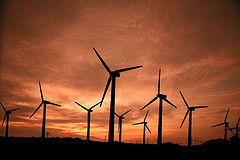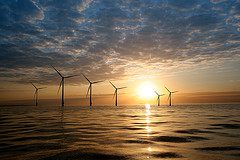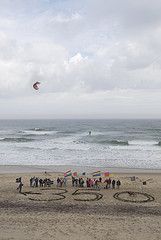This week, a blog post by Google announced that the company plans to enact a power purchase agreement to get enough energy to power several of its facilities. The deal will include a purchase of 114 megawatts of power from the NextEra Energy Resources wind farm in Iowa. According to Google, the decision will help to promote the expansion of alternative energy in general as well as specifically for the Iowa wind farm. According to the post, the deal will allow NextEra enough financial security to expand and build new wind turbine installations. In addition, removing 114 megawatts from the market will stimulate other companies to expand their own investments.
This is a good step for Google, yet it isn’t out of step for their company strategy. Since 2007, the company has pledged itself to becoming carbon neutral by constructing energy efficient data centers, powering individual buildings with solar power and purchasing carbon offsets. Google has repeatedly stated that its decisions to “go green” have long term financial assets as well. “While we are happy to be purchasing renewable energy as part of our environmental commitment, this is also a structure that makes long term financial sense for Google. Through the long term purchase of renewable energy at a predetermined price, we’re partially protecting ourselves against future increases in power prices.”



